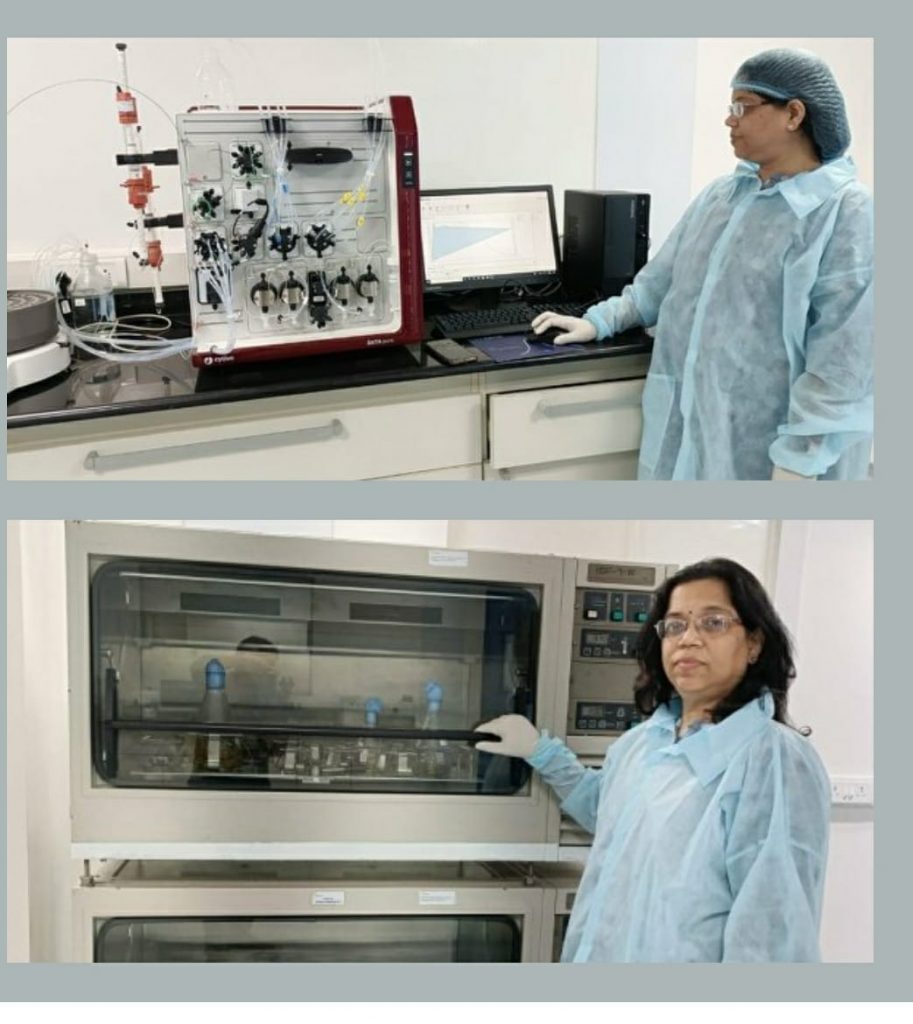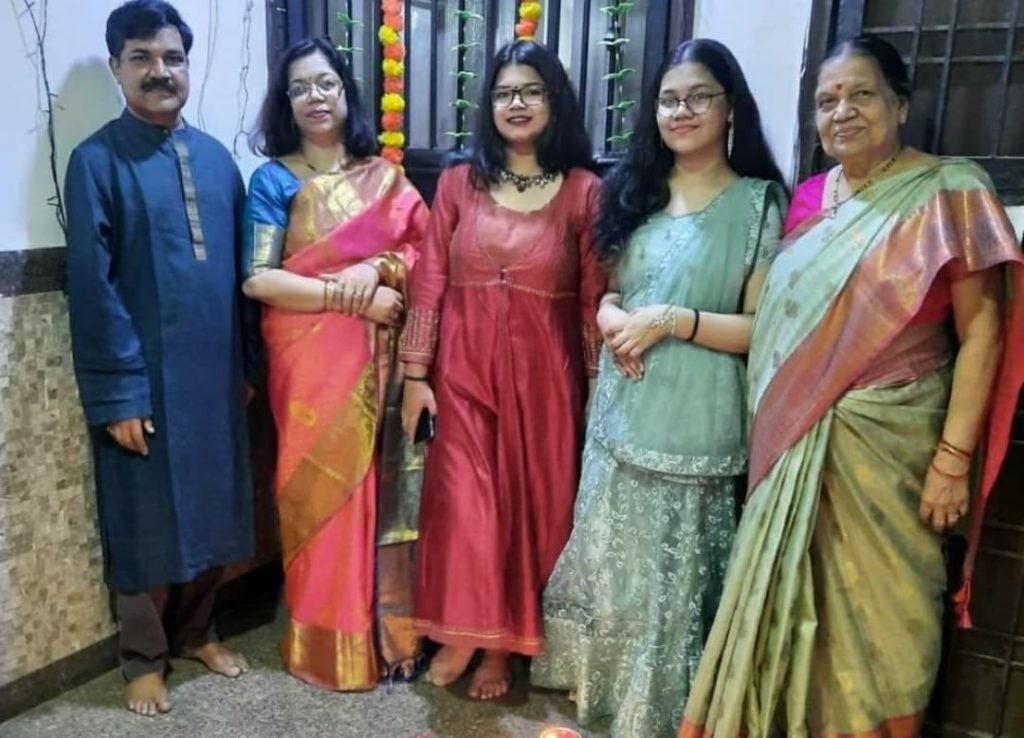New Delhi/Bhubaneswar: Mineral-rich Odisha has potential sites for developing a domestic pharma manufacturing sector, said Priyanka Priyadarsiny, head of research and development wing of Panacea Biotec Limited, New Delhi, while sounding optimistic about her home state matching steps with the booming pharmaceutical industry.
“Bharat Biotech is working on a vaccine manufacturing plant in Bhubaneswar and several start-ups are also coming up in the state. This was not the case earlier with the industry concentrated in Gujarat and Mumbai. People from Odisha are also doing well in the field of pharma,” said this native of Odisha’s Banki.
Elaborating further on the possibility for growth of the sector backed by industry-friendly initiatives, she said that manufacturing plants can be set up since Odisha has the raw materials, from where tissue culture can be done. “If pharma companies decide to set up units in the state, we will be only too happy to contribute towards it,” she added.
Priyanka is the Odisha connection in the anti-diabetic drug Lipaglyn tablets that most diabetic and cholesterol patients are familiar with. And she also led the team at Panacea for translating the Sputnik vaccine technology developed in Russia and making a few thousand doses here when the COVID pandemic was at its peak. “Even if the technology was developed there, you need expertise and infrastructure to reproduce the work in a new setup.

The pharma sector was a conscious career choice for Priyanka and so also the decision to return to India after postdoctoral research at University of Michigan, USA.
“I have always been interested in research, but was left with fewer choices when in Odisha. For better exposure, I moved to Delhi for my masters in 1992. The real application of science further whetted my appetite. I was exposed to biotechnology and biochemistry during my PhD days at Institute of Genomics and Integrated Biology and had to decide between academics and R&D since it was then assumed that women did not have a safe profile in pharma,” she said.
After a post-doctoral in the US, she got a call from Ranbaxy, LV Prasad Eye Institute, and National Brain Research Centre, where her husband Dr Prabodh Swain later joined.
She took six months to make up her mind and then decided to move back to India and work with Ranbaxy. “I was aware that the US could have given me a better life, more research work and recognition, but the pull towards India was greater and also the desire to give back to one’s own community,” she said.
And fortunately for her, she found an atmosphere at Ranbaxy akin to the one she experienced abroad. “Here it may take some time to get the materials and reagents compared to the US, where the system works faster, but the dedication and competitiveness among scientists when given an opportunity here, are unquestionable,” she said while narrating her round-the-clock engagement during COVID times.

Since then, she has been challenging herself and taking confident strides while serving in India’s largest pharmaceutical firms. “At Ranbaxy, I got exposure and experience on how small molecule NCEs drugs are being made. That helped me to lead the team of Cell Biology at Zydus Cadila, Cadila Healthcare Ltd. while conducting research on small molecules, diabetes, cardiovascular disease and cancer molecules. I was also involved in development of biosimilar drugs, which gave me an exposure to biopharmaceutical product development, including cloning and expression and characterization of proteins,” said the daughter of a well-known chemist, Dr Kumudini Padhi.
She led the gene therapy research programme against monogenic disorders like haemophilia using adeno-associated virus and lentivirus platform at INTAS Biopharmaceutical Ltd. “Gene therapy provides the potential to permanently cure selected genetic diseases, including an eye disorder Leber congenital amaurosis and muscle disorder spinal muscular atrophy. Many more gene therapies are undergoing research to make sure that they will be safe and effective. For such genetic diseases, treatments are very expensive and only a few have been launched in the US market, costing a few thousand dollars. Since it is a personalised therapy, it is very expensive and we worked with a vision to make this technology affordable in India. After attaining success in the lab and pre-clinical trials, it is now moving towards the clinical-phase studies for further approval,” she said.
And the COVID time gave her an opportunity to lead the vaccine division team at Panacea Biotic, where she is working on viral vaccines and bacterial vaccines. Panacea Biotec is the inventor of six liquid vaccine formulations known as Easy Six which can protect the child from various infectious diseases in one shot such as Diphtheria Toxoid, Purified Tetanus Toxoid, Whole cell Pertussis, Recombinant Hepatitis B, Haemophilus influenza Type B and Polio. In addition to it, Panacea has been serving billions of people with polio drops to contribute towards achieving the goal of global polio eradication, she said.
The alumna of erstwhile Ravenshaw College said that the COVID-19 pandemic has brought to the forefront the importance of research and development, and innovation. With this in mind, domestic pharma firms are now looking at ramping up their investments in innovative products and research and development units.
Elaborating on another positive outcome of COVID, she said that the pharma companies could script a success story with support from government agencies like ICMR, DBT and DST, which conducted the trials. “COVID has taught us a lesson about collaboration and the need to work together,” she said.

And as the saying (which has been altered a little) goes, you can take an Odia outside Odisha but you cannot take Odisha out of an Odia, Priyanka has been doing a bit to promote her culture and tradition in all the 30 years she has been away from the state. She is one of the founder members of Jagannath Cultural Academy for Research Centre in Ahmedabad, where she spent 15 good years.
Her two daughters are trained in Odissi dance forms and they make at least one trip to Odisha every year. “We carry back foodstuff from the state in bags that were filled with gifts for family members,” she said.
Not to forget, the time in Odisha is spent on relishing chat, dahibara aloodum, lassi and Mahaprasad of Lord Jagannath with the must-visit to Puri. “I have introduced Cuttack mixture, arisa pitha and chhena poda to several people in Ahmedabad and Delhi,” she said.
Priyanka spent her childhood in Rairangpur and Udala, Baripada and Cuttack where she studied. “Now, all my relatives have settled in Bhubaneswar. If we think of coming back to Odisha, we too would stay in Bhubaneswar,” she said before signing off.


